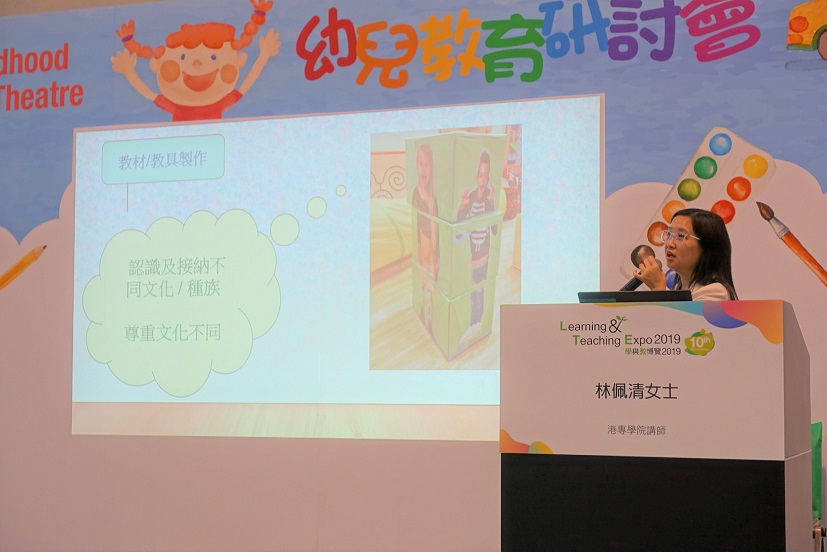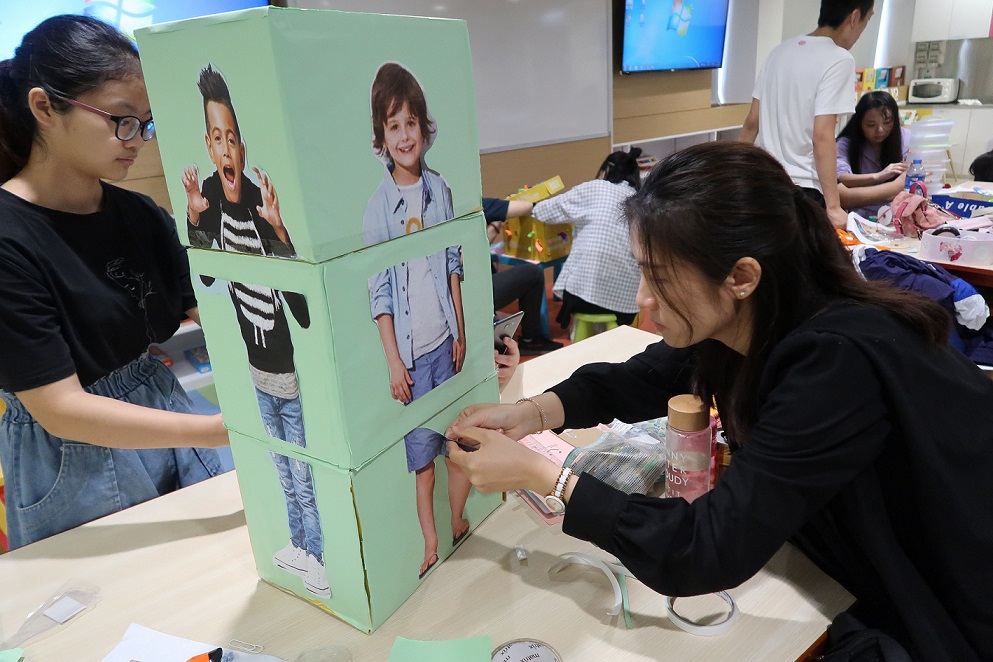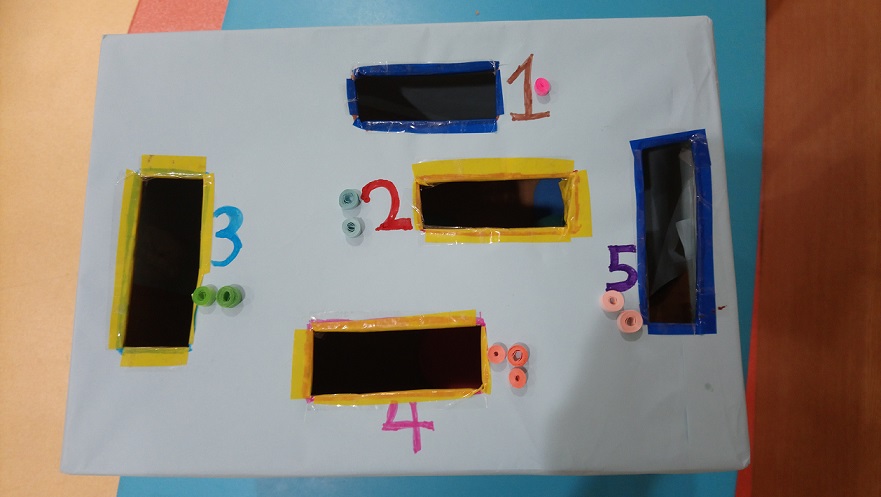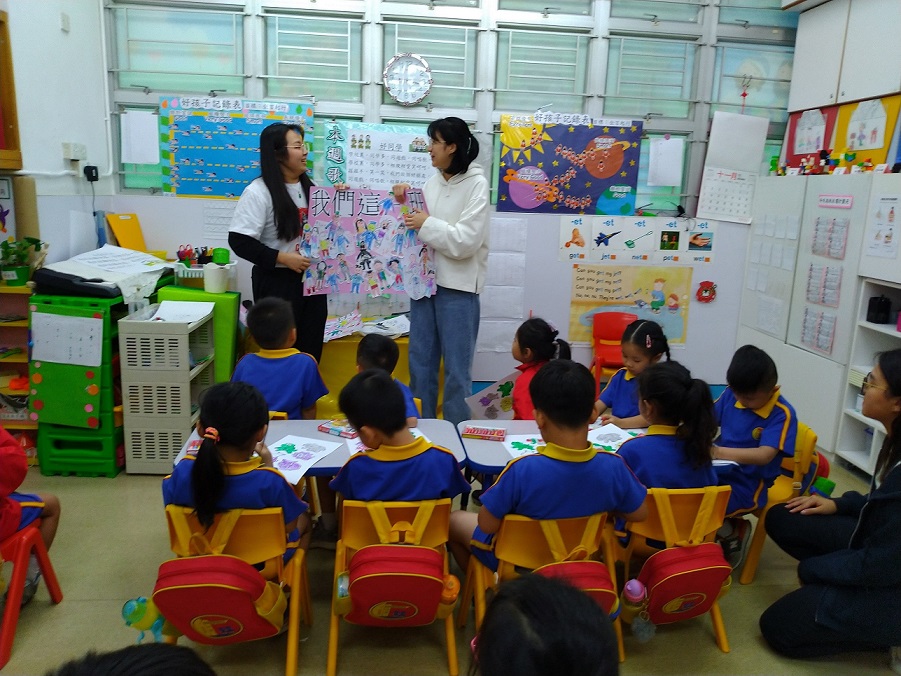Seminar on Integrated Education in Pre-school Education: Ways to Create an Integrated School Environment
Integrated education has been implemented in primary schools for many years. The Education Bureau hopes to promote it in kindergartens. Since half or even one third of the students in class may have different learning needs, it is very challenging for schools to implement integrated education using the whole-school approach. Ms. Lam Pui-ching, Iris, Lecturer of Department of Education (Early Childhood Education) from HKCT Institute of Higher Education, held a seminar titled "Integrated Education in Pre-school Education: Ways to Create an Integrated School Environment" at the Learning and Teaching Expo 2019. She analysed how students with different backgrounds, abilities and traits can use and participate in this approach so a culture of inclusiveness can be built.
Iris believes that using the whole-school approach to implement integrated education and build an inclusive culture consists two parts, namely, physical environment and psychological environment.
The physical environment includes the production of teaching aids. She pointed out that although there are many teaching aids available in the market, teachers can design teaching aids by themselves so the aids can cater the exact needs of their students and be used by the whole class. For instance, pictures or photos of children faces of different nationalities can be attached onto building blocks so that students can understand that there are people with different skin colours, and thereby learn further to respect and understand different cultures. When teaching numbers, teachers can also add braille next to Arabic numbers so the visually impaired students can use the teaching aid at the same time.
For autistic students, teachers usually provide them with a corner of Treatment and Education of Autistic and related Communication Handicapped Children (TEACCH). Iris suggested that other students can in fact use the corner as well, "they can all establish timetables and behavioral reward notices, so as to build their ability to work independently."
As for the psychological environment, she believed that teachers can construct the concept of inclusiveness through experiential activities and cooperative activities. "Most of the students would like to mimic and participate when they see peer children’s accomplishment. Through experiential activities, for example, students could experience the feelings and understand the inconvenience of visually impaired students by eating with blindfold". She made another example that through collaborative paintings which are often done in kindergartens, students can communicate and express their thoughts together, while teachers can teach them how to accept others and strengthen the sense of inclusiveness.
Illustrations:

Ms Lam Pui-ching, Iris, Lecturer of Department of Education (Early Childhood Education) from HKCT Institute of Higher Education, held a seminar titled "Integrated Education in Pre-school Education: Ways to Create an Integrated School Environment" at the Learning and Teaching Expo 2019.

Sticking photos of students with different nationalities on the blocks can let students learn and respect different cultures.

Braille is attached to the teaching aids, enabling visually impaired students to use them together with others.

Cooperative paintings which are often made in kindergartens allow students to build a communicative culture.




